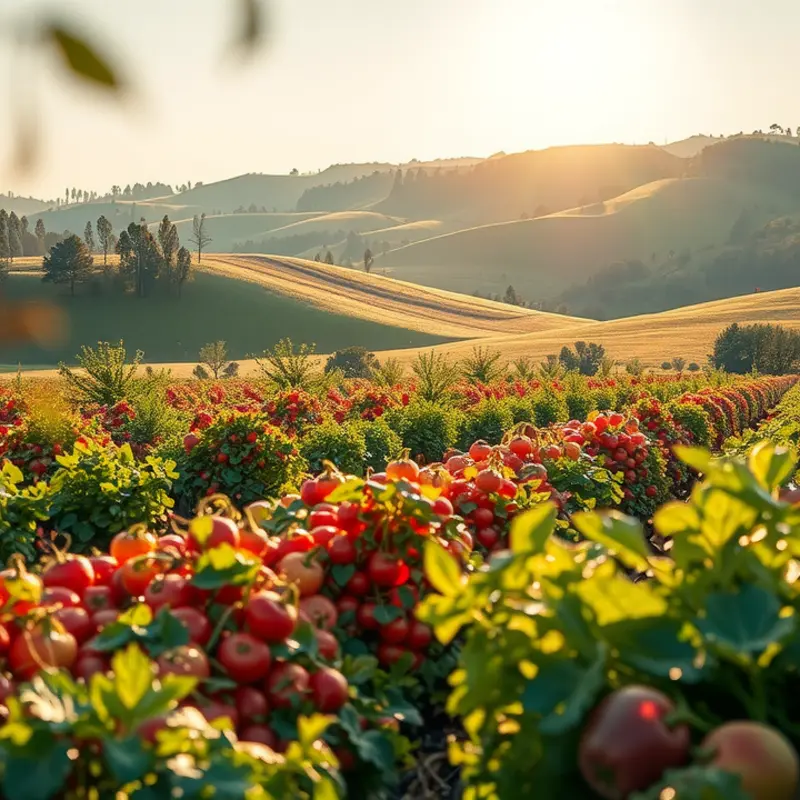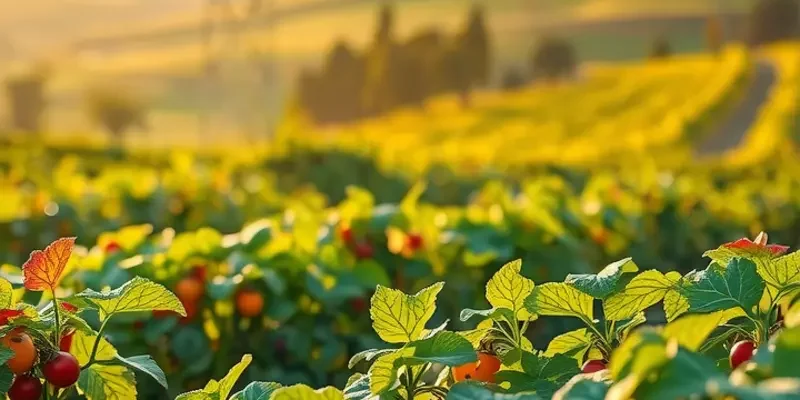The landscape of our global cuisine is deeply intertwined with the historic trade routes that spanned continents, cultures, and eras. Each route carried not just goods, but stories, traditions, and flavors that have shaped culinary practices worldwide. This exploration allows us to savor the essence of cultural exchange, from the fragrant spices of the Silk Road to the rich tapestry woven by the Spice Islands. Join us as we trace these remarkable paths of sensory wonder and discover how culinary connections transcend time and geography.
The Silk Road: Threads of Flavor and Culture

Spanning continents, the Silk Road was more than a conduit for trade. It was a vibrant artery of cultural and culinary exchange. Beginning in Xi’an and winding westward to the Mediterranean, this legendary pathway facilitated the movement of not just silk, but an array of rich, exotic spices and precious commodities that changed the world’s culinary landscape.
Peppers and saffron, for instance, made their way from East to West, and in turn, pistachios and pomegranates traveled eastward, enriching Asian diets. These ingredients didn’t just enhance flavor; they served as gateways to new culinary fusions. Saffron, with its striking color and unique taste, found its way into Persian and Indian culinary traditions, influencing recipes that remain staples today.
In bustling marketplaces along the Silk Road, the air was infused with the heady scent of cumin, cardamom, and ginger. Such spices were not only valuable for their taste but also for their preservative qualities, a treasure for merchants looking to extend the shelf life of goods. These markets were melting pots where merchants, travelers, and locals exchanged not only goods but stories and cooking techniques.
Caravanserais, the inns along these routes, became culinary hubs where cultures mingled. Imagine the vibrant exchanges of spice-bought stews, flavored with the likes of turmeric and cinnamon, a representation of the world’s first fusion crocks. These waystations allowed for the convergence of flavors, techniques, and traditions, creating dishes that carried the essence of diverse lands.
The cross-pollination of culinary practices wasn’t one-way. Chinese influence on baking techniques traveled west as the art of noodle-making moved east, impacting Italy’s pasta or Japan’s soba traditions. Such iterations underscored the creative spirit infused within each exchange.
The Silk Road’s legacy extends into the heart of modern cuisine. The flavors and ingredients once exchanged along this route have become integral to global gastronomy today. Exploring further global culinary influences can illuminate how historical trade continues to shape contemporary palates. From the spicy warmth of Indian curries, resonating with cinnamon and clove, to the rich pastry layers of baklava, once layered with central Asian influences, this ancient trade network’s impact is written across every modern menu.
Ultimately, the Silk Road represents an era of culinary diplomacy, where the tastes of distant lands became neighbors on a plate. Each bite of a dish forged from these passages tells the story of a traveler’s journey, not only across miles but through shared humanity. The traces of these exchanges remain, reminding us that the footprints left by trade routes are as flavorful as they are historical.
Spice Islands: A Culinary Goldmine

The Spice Islands, now known as the Maluku Islands in Indonesia, represent a pivotal chapter in the story of global culinary trade. Long before the spice trade routes were carved out by Western explorers, these islands were thriving cultural melting pots where Asians, Arabs, and Africans traded for centuries. They were the world’s source for precious spices, particularly nutmeg and cloves, which held not only culinary significance but also medicinal and preservative purposes.
Nutmeg and cloves were of immense value in the ancient and medieval worlds. Cloves were once worth more than their weight in gold, reflecting their desirability and power to transform even the blandest dish. These spices intrigued explorers like Vasco da Gama and Christopher Columbus, triggering the Age of Exploration, largely fueled by Europe’s insatiable appetite for spice.
While black pepper was already known in Europe and largely sourced from India, the allure of nutmeg and cloves drew European powers into fierce competition. From the early 16th century, the Portuguese, followed by the Dutch and British, vied for control over these islands to monopolize spice production. The Treaty of Tordesillas and later the Treaty of Breda reflect the geopolitical importance of these lucrative commodities. The Dutch eventually emerged victorious, creating a monopoly that ensured their standing as a dominant spice trader until the late 18th century.
The journey of these spices to European tables significantly altered culinary practices. Before the introduction of refrigeration, nutmeg and cloves were indispensable in preserving meats and enhancing flavors across many European kitchens. With their rich, aromatic profiles, they became synonymous with luxury and indulgence, transforming ordinary meals into gourmet experiences. Historians believe nutmeg’s versatility in both sweet and savory dishes helped it become a staple ingredient beyond the elite circles.
The economic and cultural impacts of the Spice Islands reached far beyond culinary boundaries. The desire for these exotic flavors contributed to major shifts in global power structures. European colonial pursuits in Asia led to the spread of cultural influences, melding various culinary traditions. Modern global cuisine owes part of its diverse flavor profiles to these early exchanges. Adventurous cooks today, drawing on historical recipes, continue to explore the depth and complexity these spices offer. This melding of ancient trades and modern palates is further explored in related culinary influences from trading routes, highlighting the vast reach of these once-remote islands.
As with any historical trade story, there were significant cultural and social transformations, raising awareness about ethical trading practices that are relevant even today. Revisiting the Spice Islands’ rich legacy reminds us of the intricate connections between food, culture, and history—an interwoven tapestry that continues to influence how we understand and enjoy culinary arts across the globe. For further exploration of these culinary influences, consider examining how trading routes have contributed to global cuisine through educational resources such as Culinary Influences from Trade.
Final words
The enduring influences of historic food trade routes remind us that cuisine is more than sustenance; it is a tapestry of culture, history, and connection. From the Silk Road to the Spice Islands, each route has woven unique flavors into the fabric of our culinary heritage, forging relationships through shared meals and mutual appreciation. As we savor modern dishes, we participate in a global dialogue that began centuries ago, connecting our palates to our collective past. By exploring these routes, we not only celebrate food’s power to unite us but also honor the stories behind each flavor, fostering a deeper appreciation for diverse culinary traditions.








